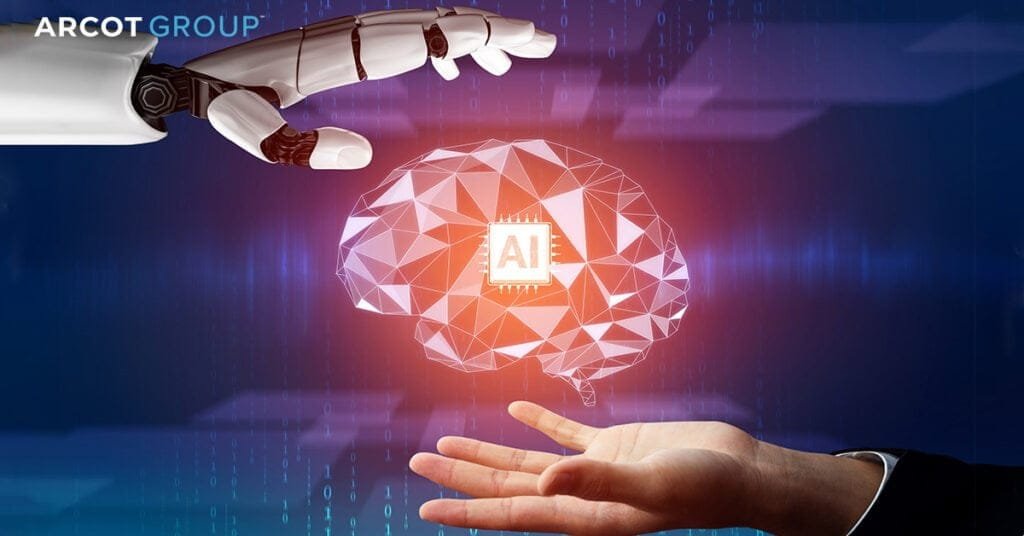Introduction:
Artificial Intelligence (AI) has revolutionized the way businesses interact with their customers. From chatbots to recommendation engines, AI-powered solutions offer efficiency and personalization. However, as AI takes center stage in customer interactions, there is a growing concern about losing the human touch. Striking the right balance between AI-driven automation and genuine human interaction is crucial for creating meaningful customer experiences. In this blog post, we will explore the significance of maintaining the human touch in AI-driven customer interactions and delve into strategies to achieve this delicate balance.
1. The Rise of AI in Customer Interactions:
AI-driven solutions are becoming increasingly prevalent in customer service, marketing, and sales. Chatbots, virtual assistants, and automated customer support systems offer efficiency and 24/7 availability. However, solely relying on AI for customer interactions can lead to impersonal and detached experiences. Finding the right blend of AI and human interaction is essential for building trust and rapport with customers.
2. Personalization through AI:
One of the key advantages of AI is its ability to analyze vast amounts of customer data and deliver personalized experiences. AI-powered recommendation engines can suggest relevant products and services, enhancing customer satisfaction. However, customers also value genuine human recommendations and personalized attention, which AI alone may not provide.
3. Building Emotional Connections:
Human interactions create emotional connections that are hard to replicate with AI. Empathetic customer support representatives can understand and address customer needs on a deeper level. Businesses must ensure that AI-driven interactions complement, rather than replace, these emotional connections.
4. Leveraging AI for Efficiency:
AI can streamline repetitive tasks and provide quick responses to common customer queries. This efficiency frees up human agents to focus on more complex and value-added interactions. Utilizing AI to handle routine tasks allows humans to dedicate more time to building relationships with customers.
5. Training AI with Human Input:
To infuse the human touch into AI, it is essential to train AI models with human input. AI systems can learn from human interactions to understand emotions, nuances, and individual preferences. Continuously refining AI models based on human feedback ensures that the technology aligns with human-centric values.
6. Empowering Human Agents:
AI should not replace human agents but empower them. Providing human agents with AI-powered tools and insights equips them to deliver more personalized and data-driven customer experiences. This symbiotic relationship between AI and human agents creates a powerful customer service ecosystem.
7. Transparency and Ethical AI:
Transparency in AI-powered interactions is vital for customer trust. Businesses must be transparent about using AI in customer interactions and ensure ethical AI practices. Customers should know when they are interacting with AI and have the option to escalate to human agents when needed.
8. Customizing AI for Different Audiences:
Different customer segments may prefer varying levels of AI involvement. Some may appreciate the convenience of automated interactions, while others seek personalized human attention. Tailoring AI usage based on customer preferences is essential for delivering a satisfying customer experience.
Conclusion:
The human touch in AI-driven customer interactions is indispensable for creating authentic and meaningful experiences. AI offers efficiency, personalization, and data-driven insights, while human interactions build emotional connections and trust. Striking the right balance requires leveraging AI for efficiency, training AI with human input, empowering human agents, and prioritizing transparency and ethical AI practices. By finding this balance, businesses can harness the full potential of AI while maintaining a customer-centric approach that fosters loyalty and satisfaction.




